Flesh And Blood: Italian Masterpieces from the Capodimonte Museum opens at Seattle Art Museum
SEATTLE, WA.- The Seattle Art Museum presents Flesh and Blood: Italian Masterpieces from the Capodimonte Museum (October 17, 2019–January 26, 2020), featuring 40 Renaissance and Baroque works of art (39 paintings and one sculpture) drawn from the collection of one of the largest museums in Italy. Traveling from the Museo e Real Bosco di Capodimonte in Naples, the exhibition offers a rare opportunity to see works by significant Italian, French, and Spanish artists who worked in Italy including Artemisia Gentileschi, El Greco, Parmigianino, Raphael, Guido Reni, Jusepe de Ribera Titian, and more.
The Capodimonte Museum is a royal palace built in 1738 by Charles of Bourbon, King of Naples and Sicily (later King Charles III of Spain). The core of the collection is the illustrious Farnese collection of antiquities, painting, and sculpture, formed in the sixteenth and seventeenth centuries and inherited by Charles of Bourbon. Italian and Spanish masterpieces of the Baroque period, grounded in realism and produced in Naples, build on this foundation. The Farnese collection traces a century of creativity, inspiration, and a constant search for beauty, followed by masterpieces of the Baroque era characterized by grandeur, dramatic realism, and theatricality.
This exhibition marks the first time that this many works from the Capodimonte Museum will travel together at the same time. The New York Times called the museum an “under-visited treasure trove” with a “staggering collection of art” and Conde Nast Traveler called it “the most underrated museum in Italy.”
The paintings in Flesh and Blood center on the human figure, whether featured in portraits or mythological and religious scenes. They explore the intersection of physical and spiritual existence, with an emphasis on the human body as a vehicle to express love and devotion, physical labor, and tragic suffering.
“I am thrilled that we have the rare opportunity to see these incredible works in Seattle,” says Chiyo Ishikawa, SAM’s Susan Brotman Deputy Director for Art and Curator of European Painting and Sculpture. “Epic and intimate, divine and brutally realistic, these paintings speak to the complexity of human experiences in a timeless way that will resonate with our visitors.”
EXHIBITION HIGHLIGHTS
Flesh and Blood is presented chronologically, tracing a 200-year period from the 16th through the 18th centuries. Here are nine highlights:
Antea, ca. 1535, Parmigianino, Italian, 1503–1540, oil on canvas, 53 9/16 x 33 7/8 in., Museo e Real Bosco di Capodimonte. Image courtesy of Museo e Real Bosco di Capodimonte.
With the identity of the sitter a mystery, this striking portrait most likely represents a vision of idealized beauty typical of the Renaissance. Girolamo Francesco Maria Mazzola, known as Parmigianino (1503–1540), has his subject look directly out at the viewer, adorned with furs and jewelry that may have signified fertility or lust.
Pope Paul III, 1543, Titian, Italian, 1488/90–1576, oil on canvas, 44 3/4 × 34 15/16 in., Museo e Real Bosco di Capodimonte. Image courtesy of Museo e Real Bosco di Capodimonte.
Titian (1488/90–1576) established strong ties with the powerful Farnese family, beginning with Pope Paul III. In this official portrait, Titian delivers a vivid likeness that conveys both the elderly human being and the shrewd statesman.
Danaë, 1544–45, Titian, Italian, 1488/90–1576, oil on canvas, 34 15/16 x 44 3/4 in, Museo e Real Bosco di Capodimonte. Image courtesy of Museo e Real Bosco di Capodimonte.
This overtly erotic painting is one of the most celebrated nudes of the Renaissance. It depicts the mythological princess Danaë, whose father locked her in a chamber so that no man could reach her. The God Zeus gained access by transforming himself into a golden cloud, showering down upon her. Painted for Cardinal Alessandro Farnese, it probably portrays his mistress Angela as the goddess and was intended only for private viewing.
Boy Blowing on an Ember, 1571–72, El Greco, Greek, ca. 1541–1614, oil on canvas, 23 13/16 × 19 7/8 in., Museo e Real Bosco di Capodimonte. Image courtesy of Museo e Real Bosco di Capodimonte.
This painting by Doménikos Theotokópoulos (1541–1614), commonly known as El Greco, may reference an antique painting mentioned by the Roman writer Pliny the Elder. Depicting a boy blowing on an ember to light a candle, El Greco uses that as the work’s sole source of light, illuminating the concentrated face of the boy.
Pietà, 1599-1600, Annibale Carracci, Italian, 1560–1609, oil on canvas, 61.4 × 58.6 in., Museo e Real Bosco di Capodimonte. Image courtesy of Museo e Real Bosco di Capodimonte.
Annibale Carracci (1560–1609) was one of the most influential painters and teachers in Bologna and Rome. This effective expression of maternal grief at the death of her son was inspired by Michelangelo’s Pietà in Saint Peter’s Basilica in the Vatican.
Judith and Holofernes, ca. 1612–17, Artemisia Gentileschi, Italian, 1593–ca. 1653, oil on canvas, 62 5/8 x 49 5/8 in., Museo e Real Bosco di Capodimonte. Image courtesy of Museo e Real Bosco di Capodimonte.
Artemisia Gentileschi (1593–1653 or later) may be the most celebrated female painter of the Baroque period. In her work, she often painted dramatic scenes featuring women subjects from the Bible and mythology. With this painting, she depicts the story of the Jewish heroine Judith slaying the Assyrian general Holofernes, who was threatening to destroy her village. Gentileschi’s decision to focus on the violent act has been associated with her traumatic experience in 1611, when she was raped by the painter Agostino Tassi.
Atalanta and Hippomenes, ca. 1620-1625, Guido Reni, Italian, 1575-1642, oil on canvas, 75 9/16 x 103 15/16 in., Museo e Real Bosco di Capodimonte. Image courtesy of Museo e Real Bosco di Capodimonte.
The influential Baroque painter Guido Reni (1575–1642) was known for both Biblical and mythological subjects. In this painting, he depicts the story of Atalanta, who had taken a vow of chastity. Under pressure from her father, she agreed to marry the first man who could outrun her in a footrace. Hippomenes won by distracting her with three irresistible golden apples given to him by Venus.
Drunken Silenus, 1626, Jusepe de Ribera, Spanish, 1591-1652, oil on canvas, 72 13/16 × 90 3/16 in., Museo e Real Bosco di Capodimonte.Image courtesy of Museo e Real Bosco di Capodimonte.
This unusual depiction of a classical bacchanal centers on Silenus, companion to the wine god Dionysus. Ribera (1591–1652) renders his rotund body with loaded, vital brushstrokes typical of his naturalistic style. Painted for a private collector, this reclining, unglamorous male nude seems to send up the physical beauty and erotic appeal of Renaissance Venuses.
Saint Jerome, 1626, Jusepe de Ribera, Spanish, 1591-1652, oil on canvas, 103 in × 65 in., Museo e Real Bosco di Capodimonte. Image courtesy of Museo e Real Bosco di Capodimonte.
Saint Jerome is one of Ribera’s most frequently painted subjects. In this monumental altarpiece, the emaciated, aged hermit is startled by the angel that appears in the upper right blowing the trumpet of the Last Judgment. The saint’s withered body, which reflects the divine light above, dominates the composition and is as palpable as human flesh.
ANOTHER WORKS ON DISPLAY:
Portrait of Cardinal Alessandro Farnese, Future Pope Paul III, ca. 1509–11, Raphael, Italian, 1483–1520, oil on wood panel, 51 15/16 × 33 7/8 in., Museo e Real Bosco di Capodimonte. Image courtesy of Museo e Real Bosco di Capodimonte.
Assumption of St. Mary Magdalene, c. 1616, Giovanni Lanfranco, Italian, 1582 –1647, oil on canvas, 42.9 x 30.7 in., Museo e Real Bosco di Capodimonte. Image courtesy of Museo e Real Bosco di Capodimonte.
Lucretia, 1540, Parmigianino, Italian, 1503–1540, oil on panel, 26 3/4 × 20 1/2 in., Museo e Real Bosco di Capodimonte. Image courtesy of Museo e Real Bosco di Capodimonte.
Mystical Marriage of Saint Catherine, ca. 1585, Annibale Carracci, Italian, 1560–1609, oil on canvas, 63 × 50 3/8 in., Museo e Real Bosco di Capodimonte. Image courtesy of Museo e Real Bosco di Capodimonte.
The Ecstasy of Saint Cecilia, 1645, Bernardo Cavallino, Italian, 1616–1656, oil on canvas, 24 × 18 7/8 in., Museo e Real Bosco di Capodimonte. Image courtesy of Museo e Real Bosco di Capodimonte.

/https%3A%2F%2Fprofilepics.canalblog.com%2Fprofilepics%2F1%2F0%2F100183.jpg)
/https%3A%2F%2Fstorage.canalblog.com%2F03%2F02%2F119589%2F96711876_o.jpg)
/https%3A%2F%2Fstorage.canalblog.com%2F11%2F31%2F119589%2F94773502_o.jpg)
/https%3A%2F%2Fstorage.canalblog.com%2F20%2F83%2F119589%2F94772815_o.jpg)
/https%3A%2F%2Fstorage.canalblog.com%2F26%2F72%2F119589%2F75604929_o.jpg)
/https%3A%2F%2Fstorage.canalblog.com%2F59%2F60%2F119589%2F26458628_o.jpg)
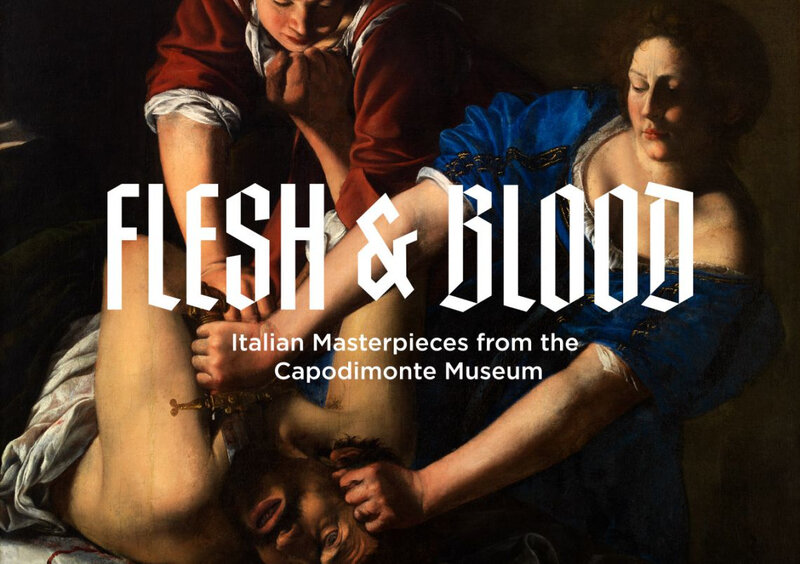




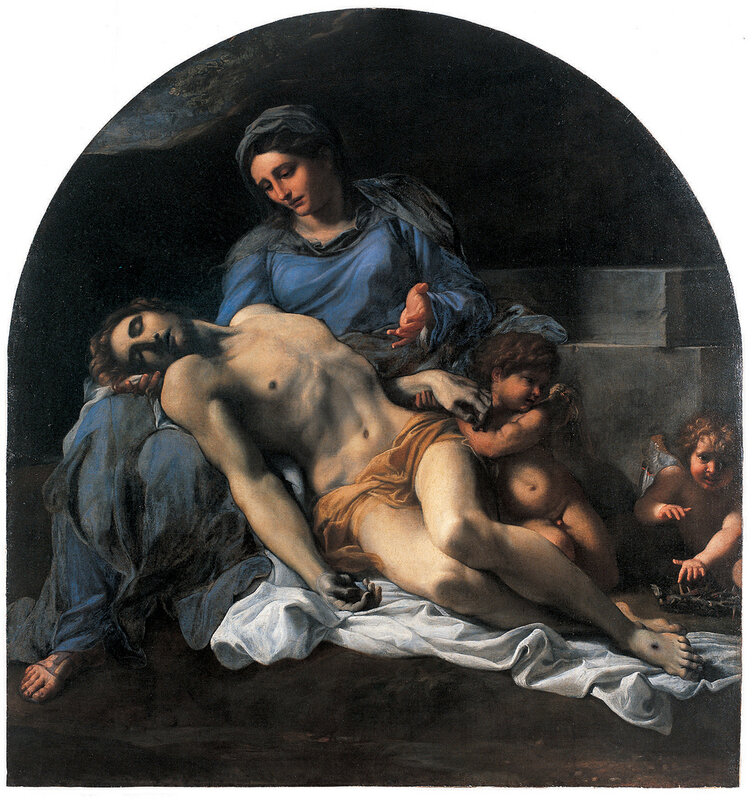

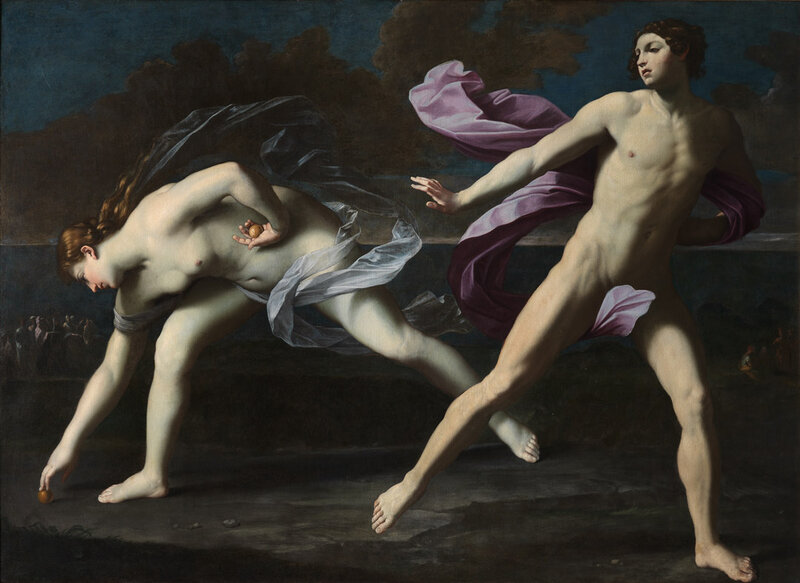
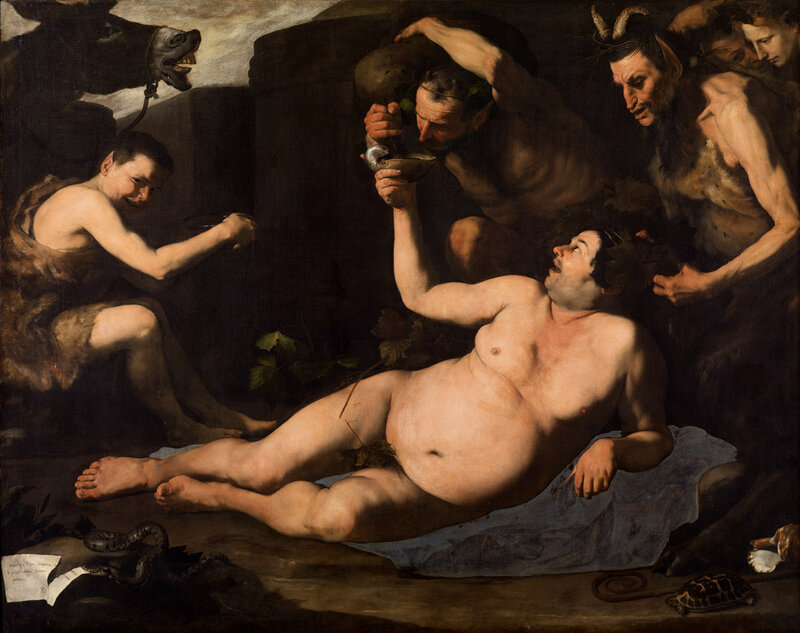




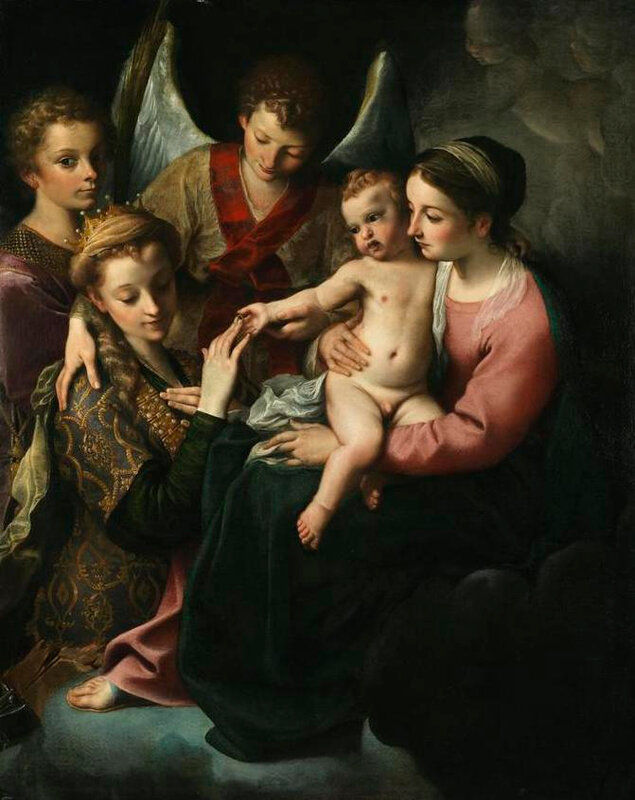



/http%3A%2F%2Fstorage.canalblog.com%2F23%2F48%2F119589%2F122509465_o.jpg)
/http%3A%2F%2Fstorage.canalblog.com%2F19%2F64%2F119589%2F121786201_o.jpg)
/http%3A%2F%2Fstorage.canalblog.com%2F94%2F05%2F119589%2F117582005_o.jpg)
/http%3A%2F%2Fstorage.canalblog.com%2F07%2F41%2F119589%2F112792921_o.jpg)